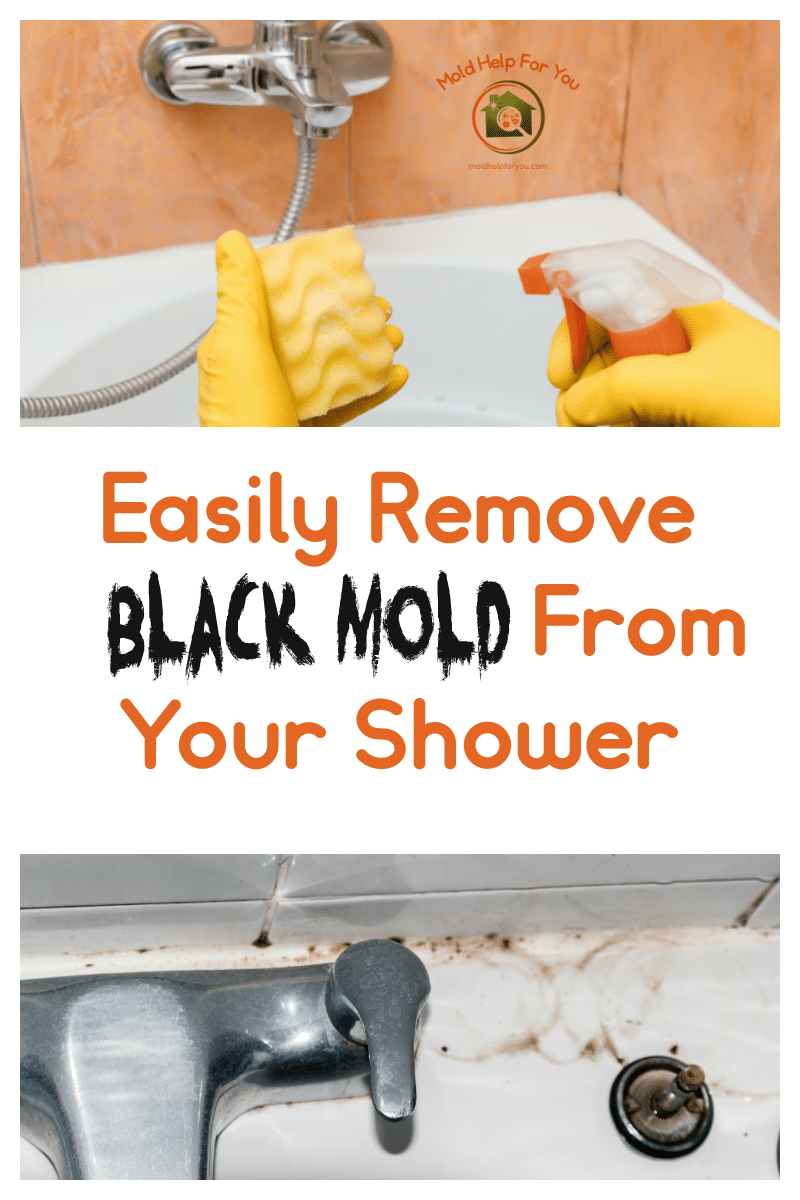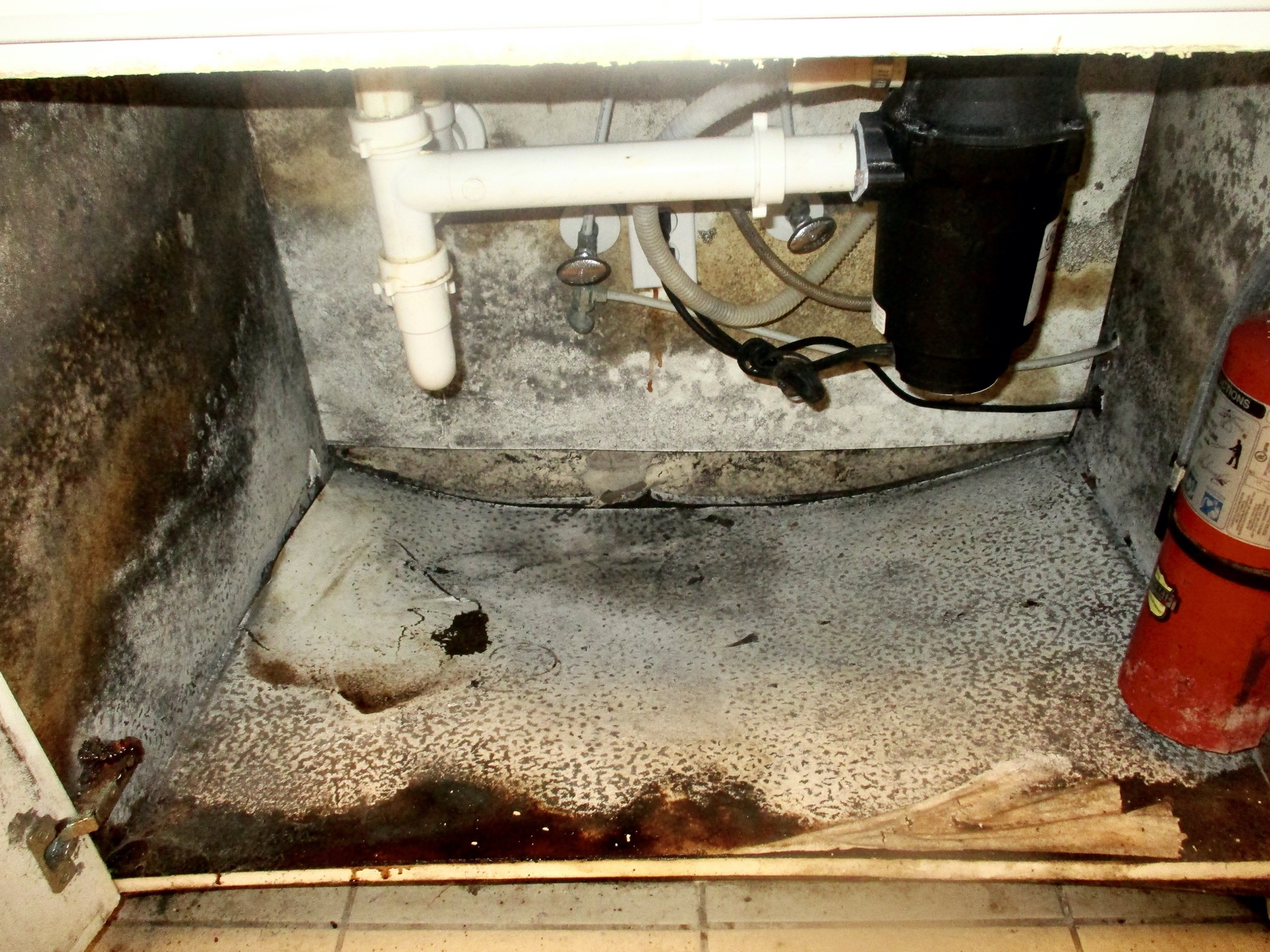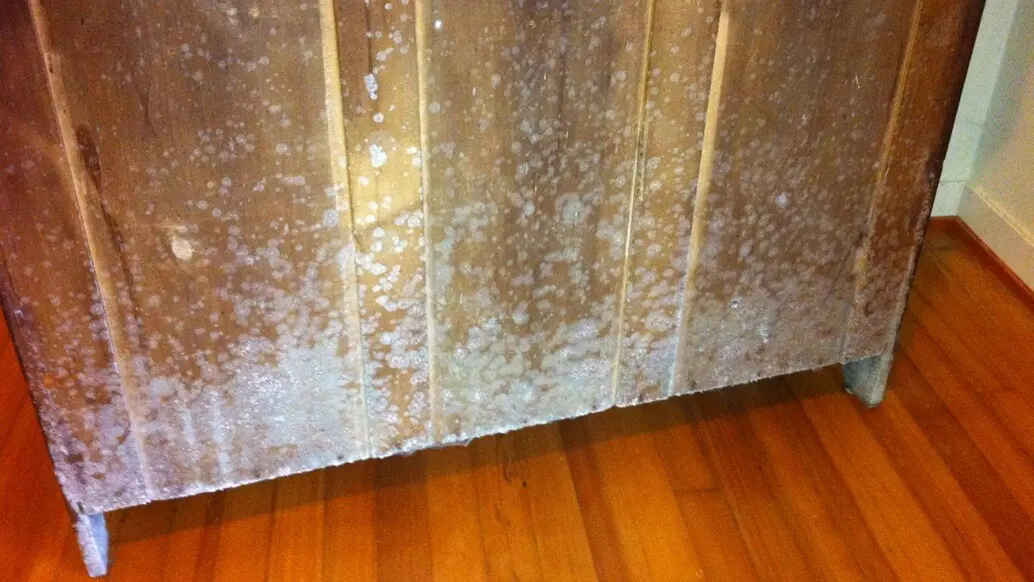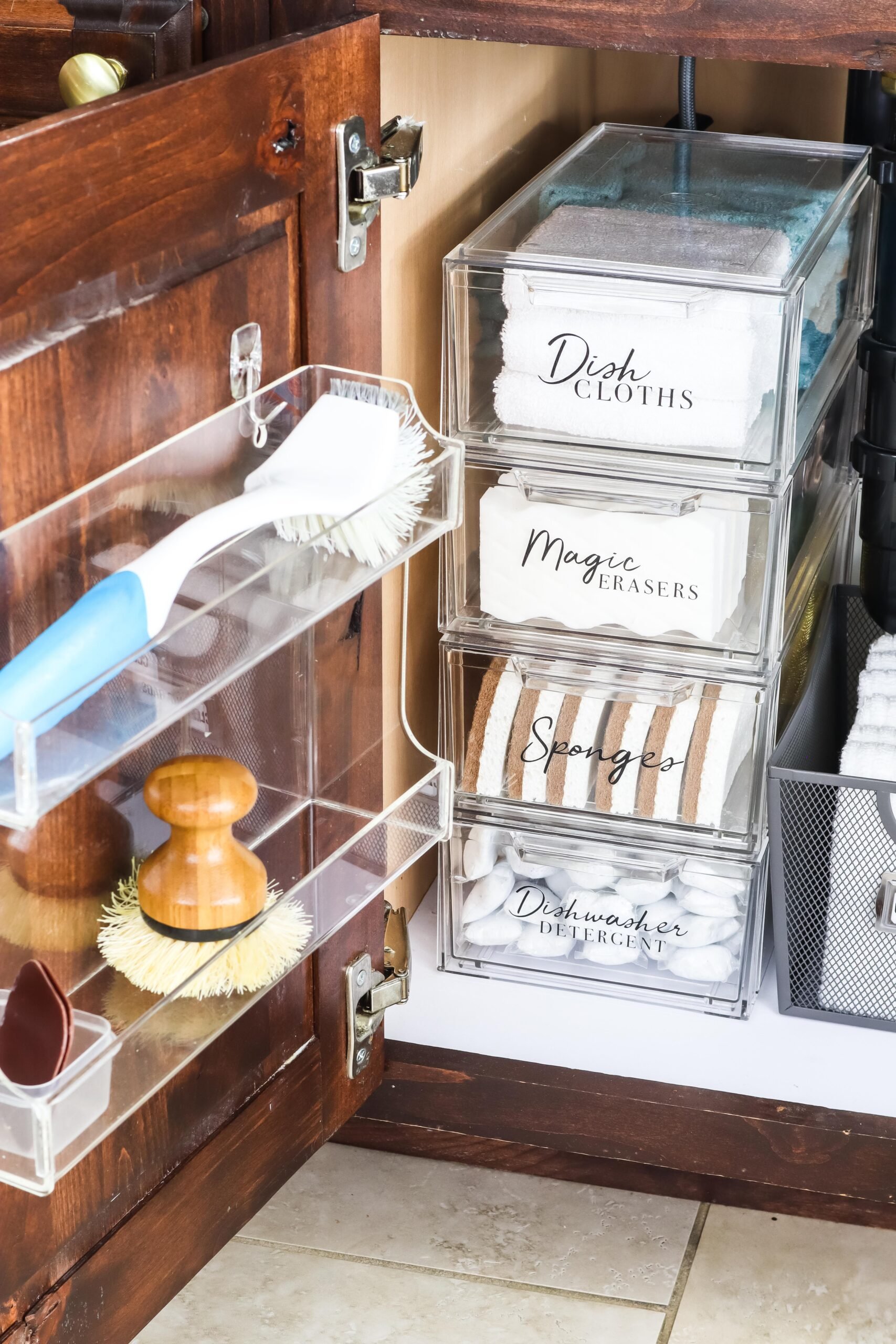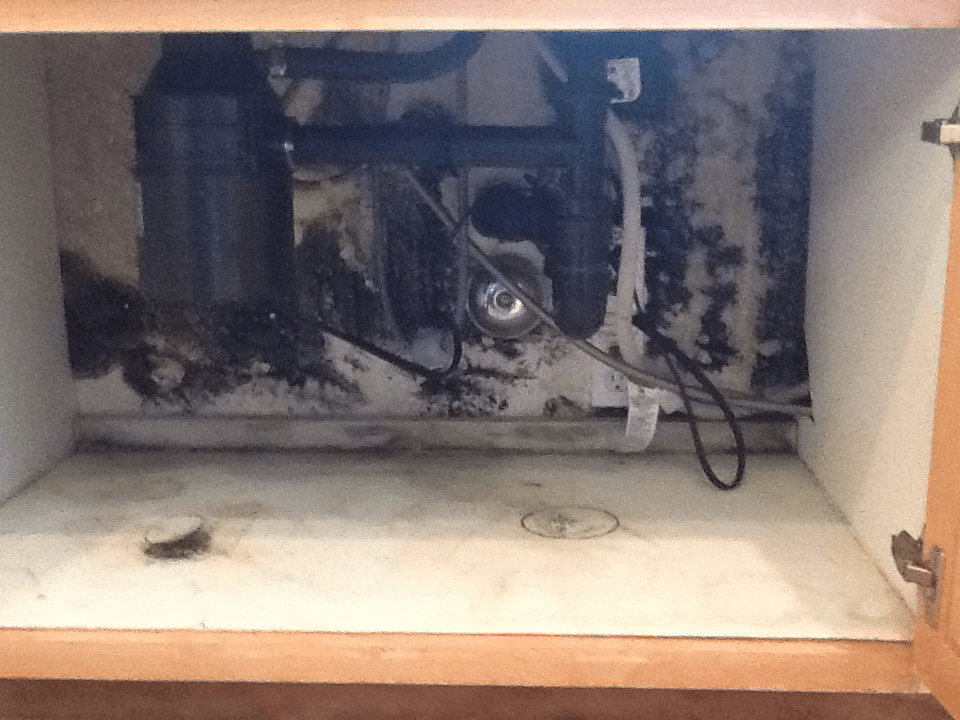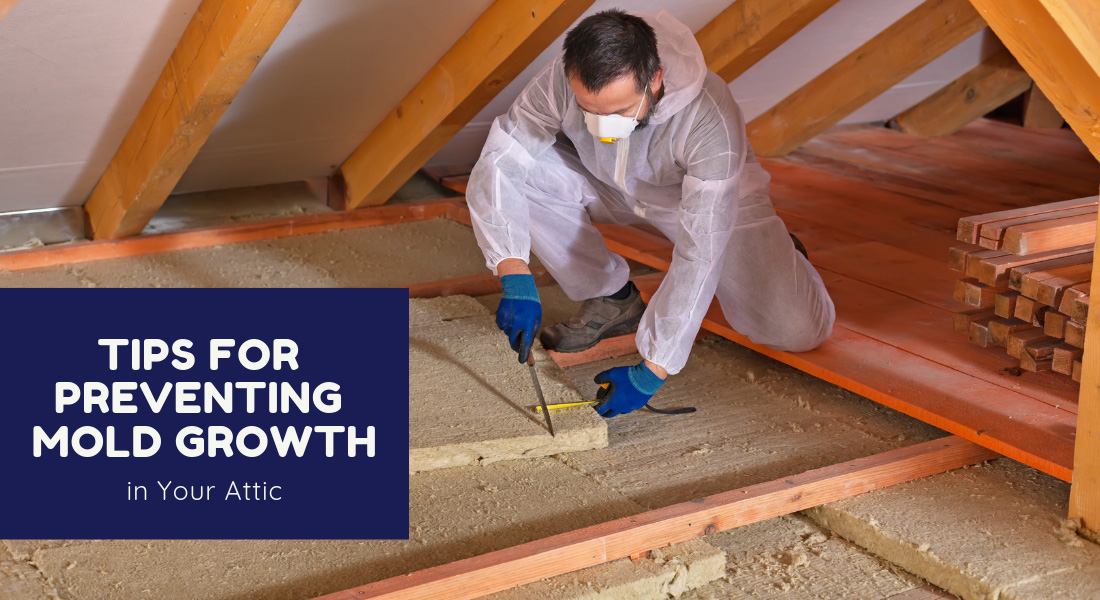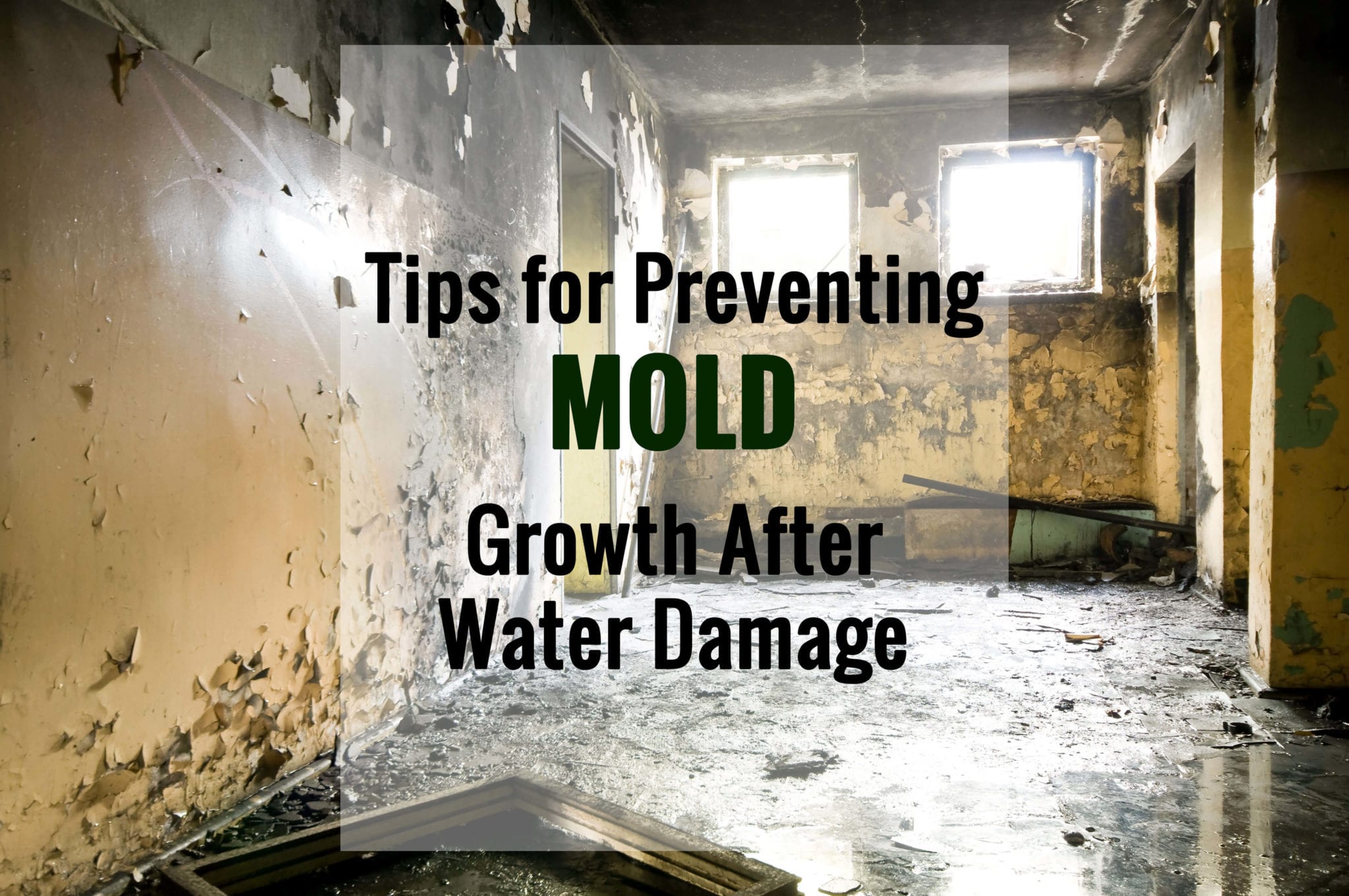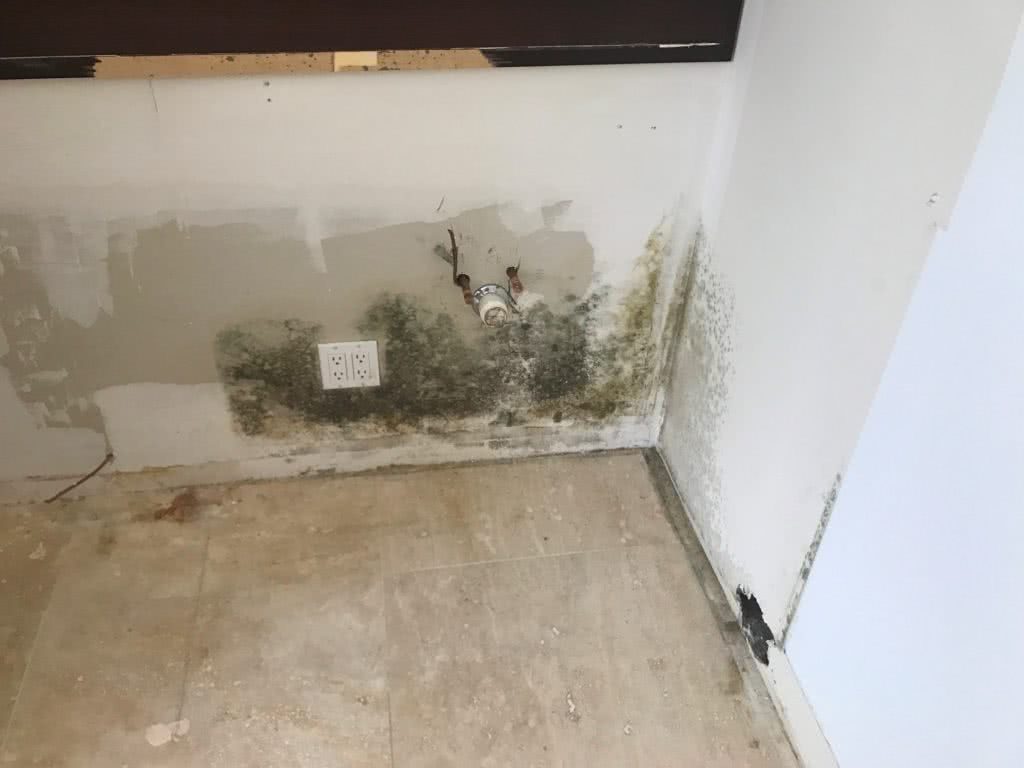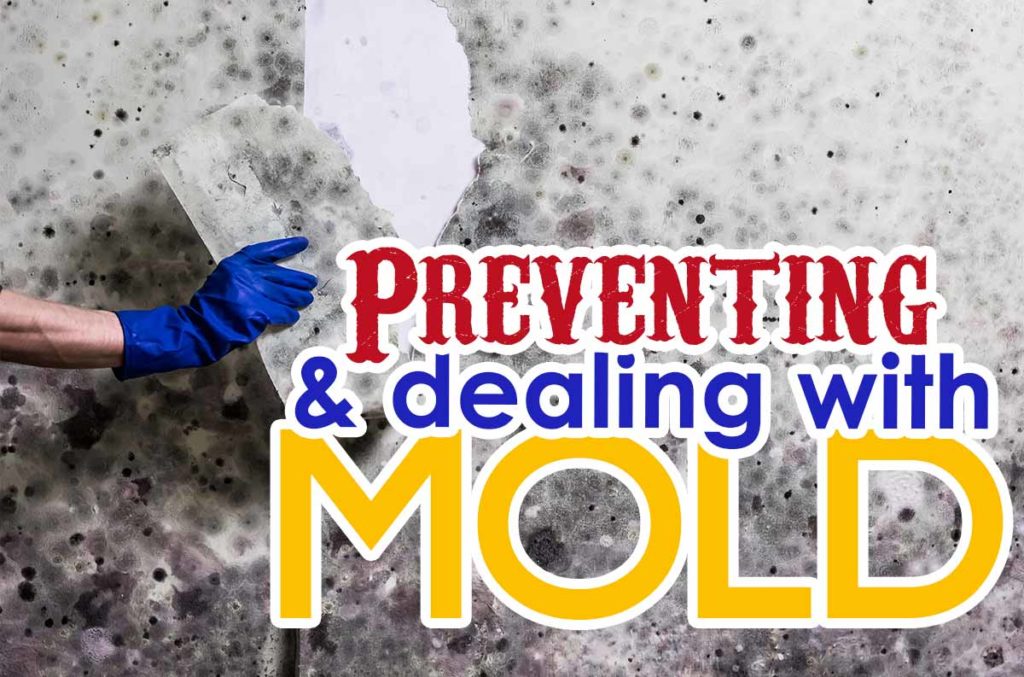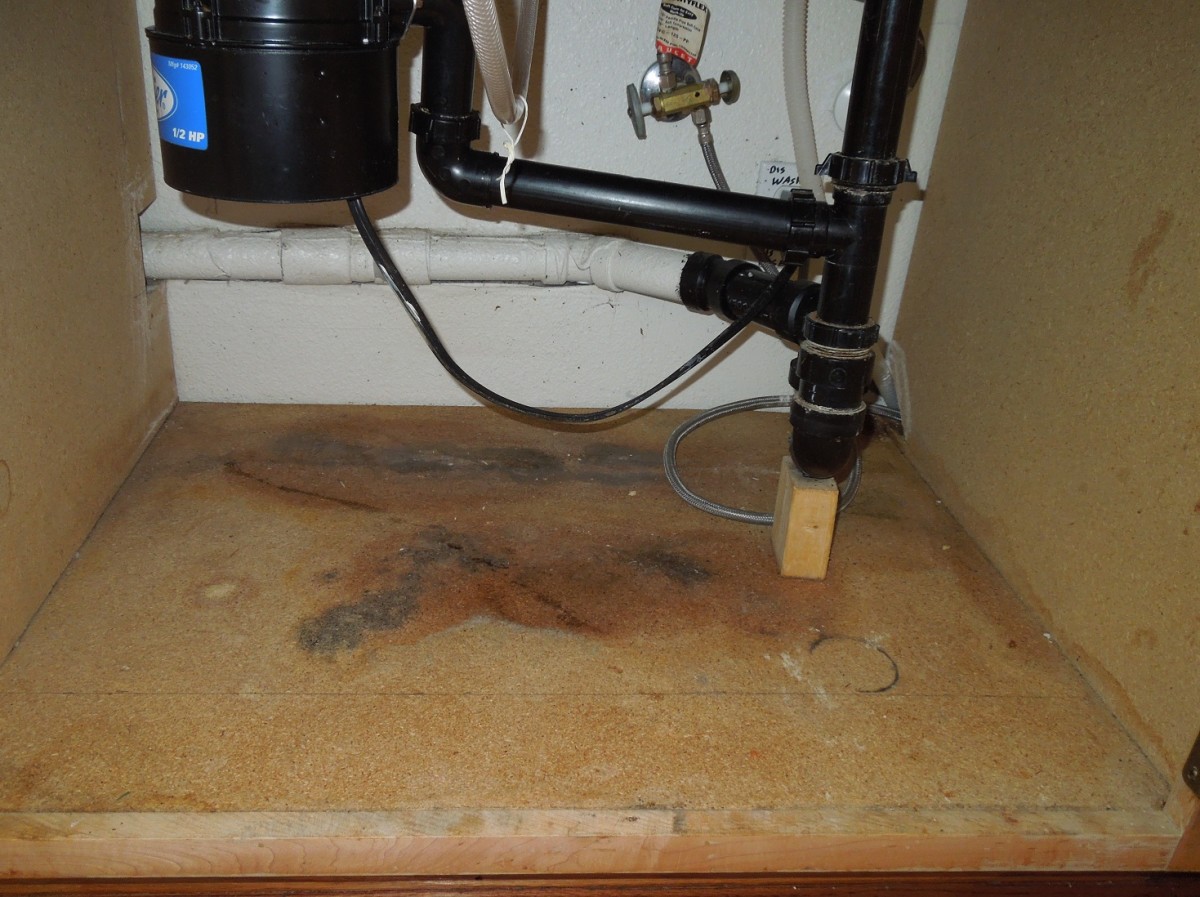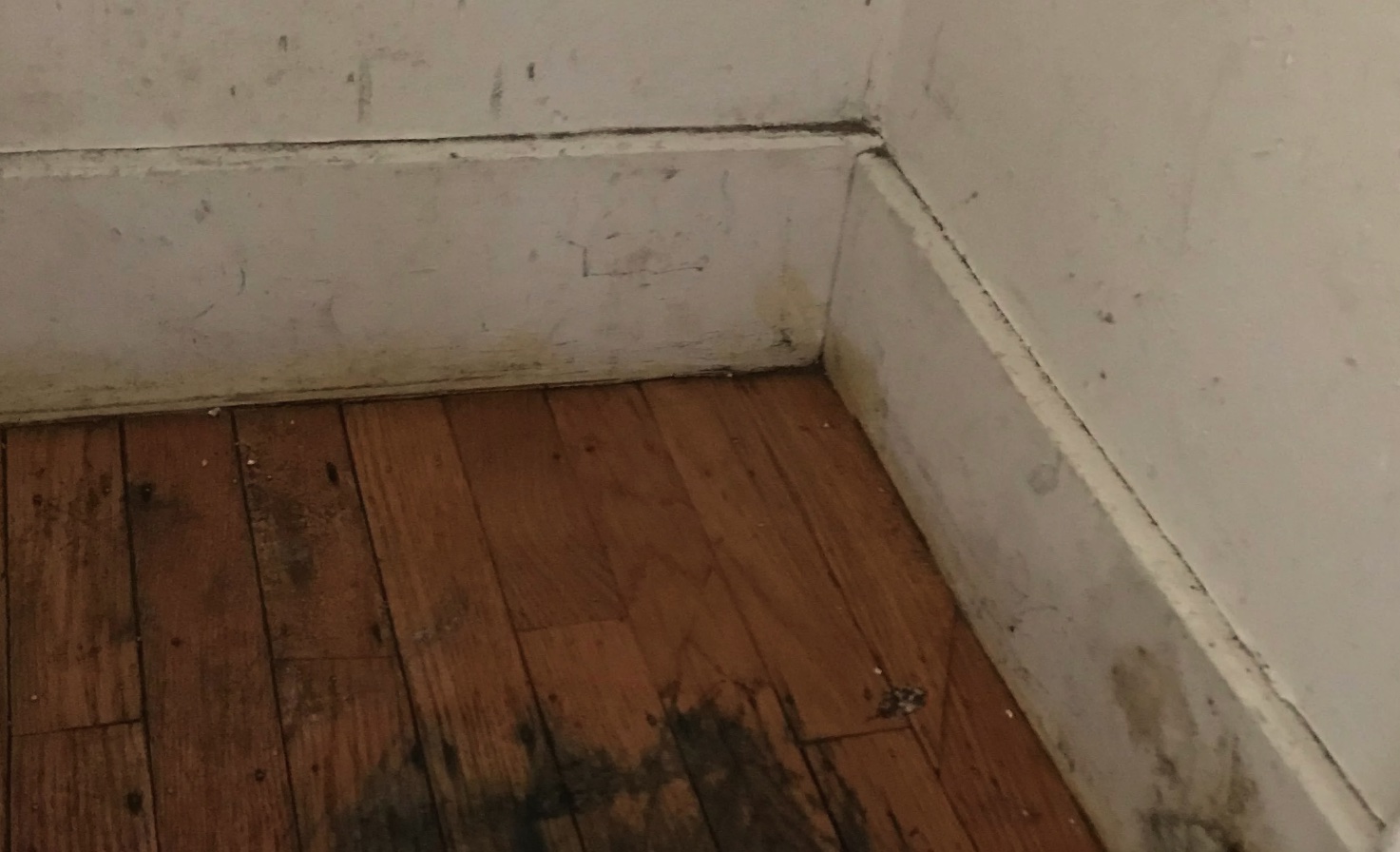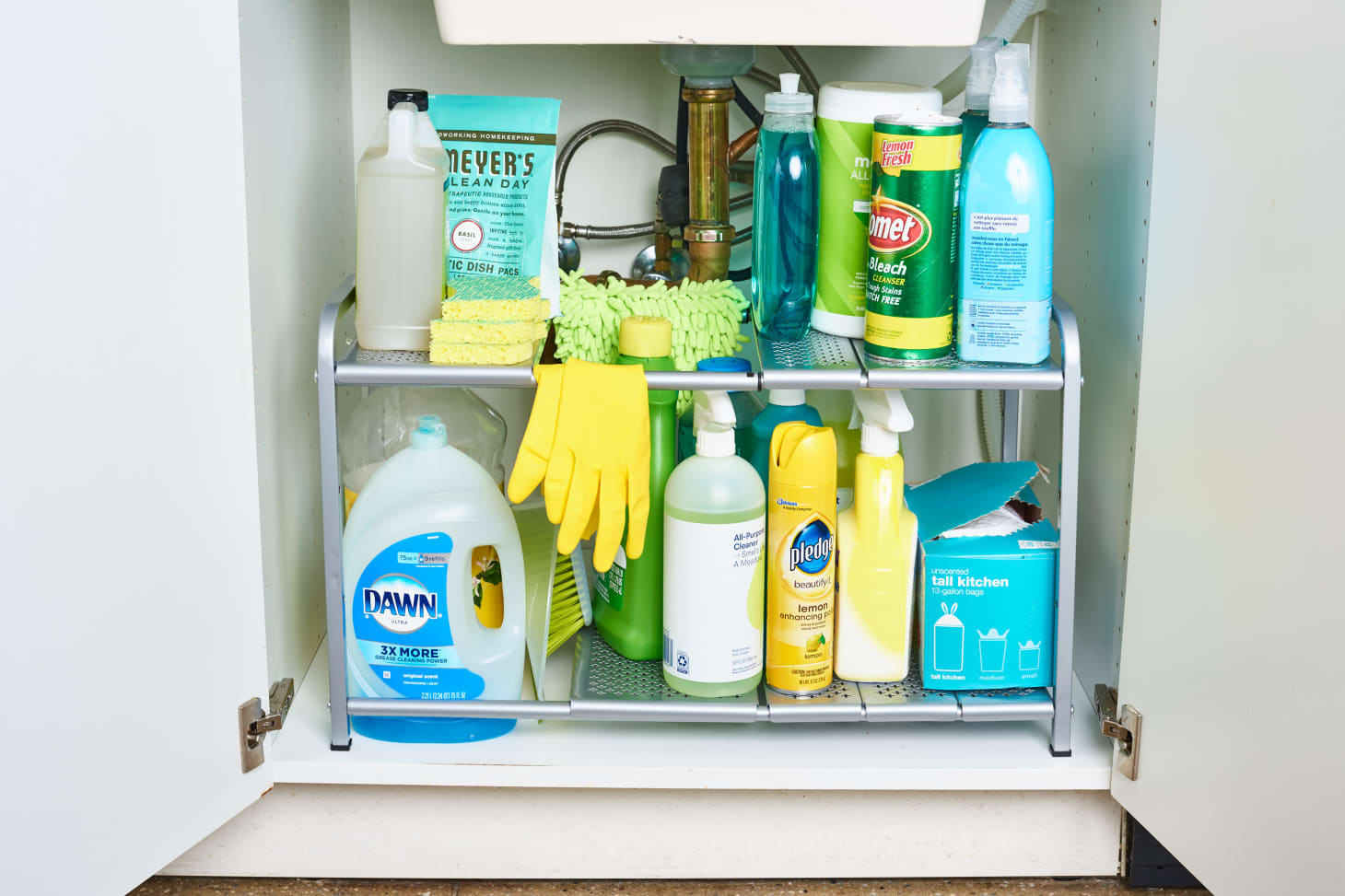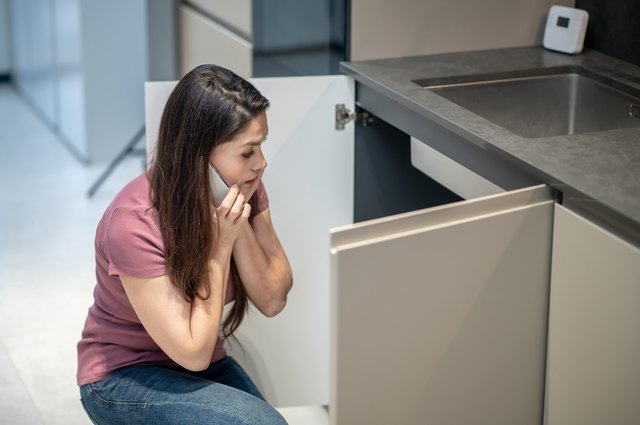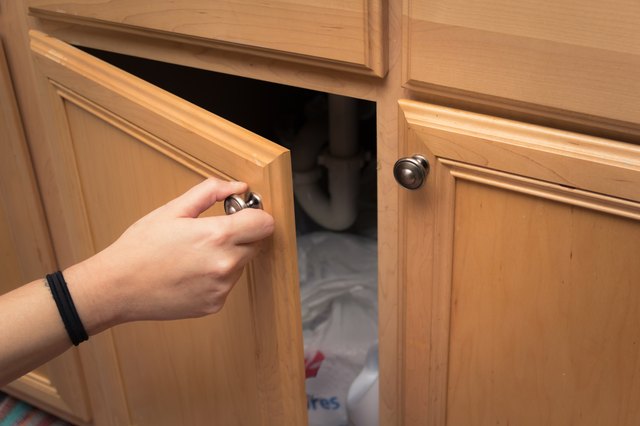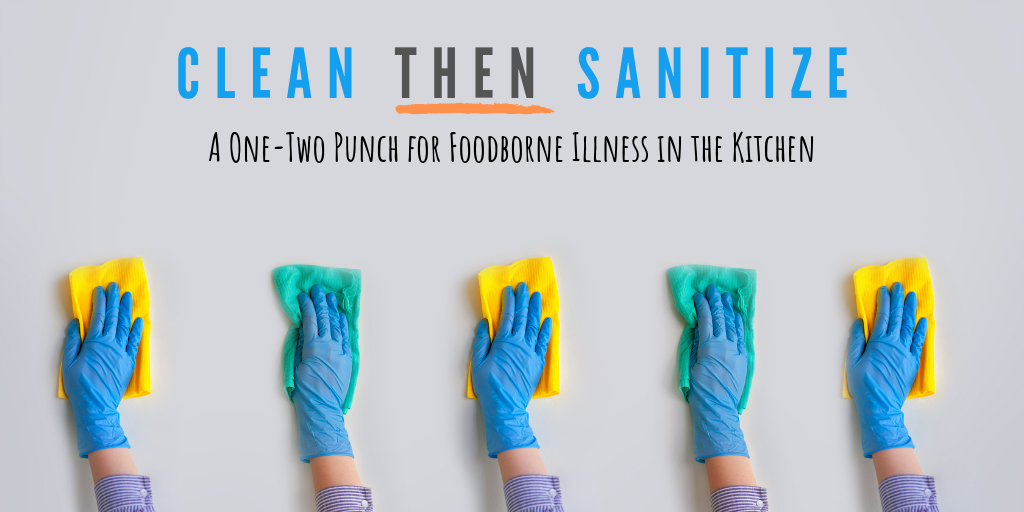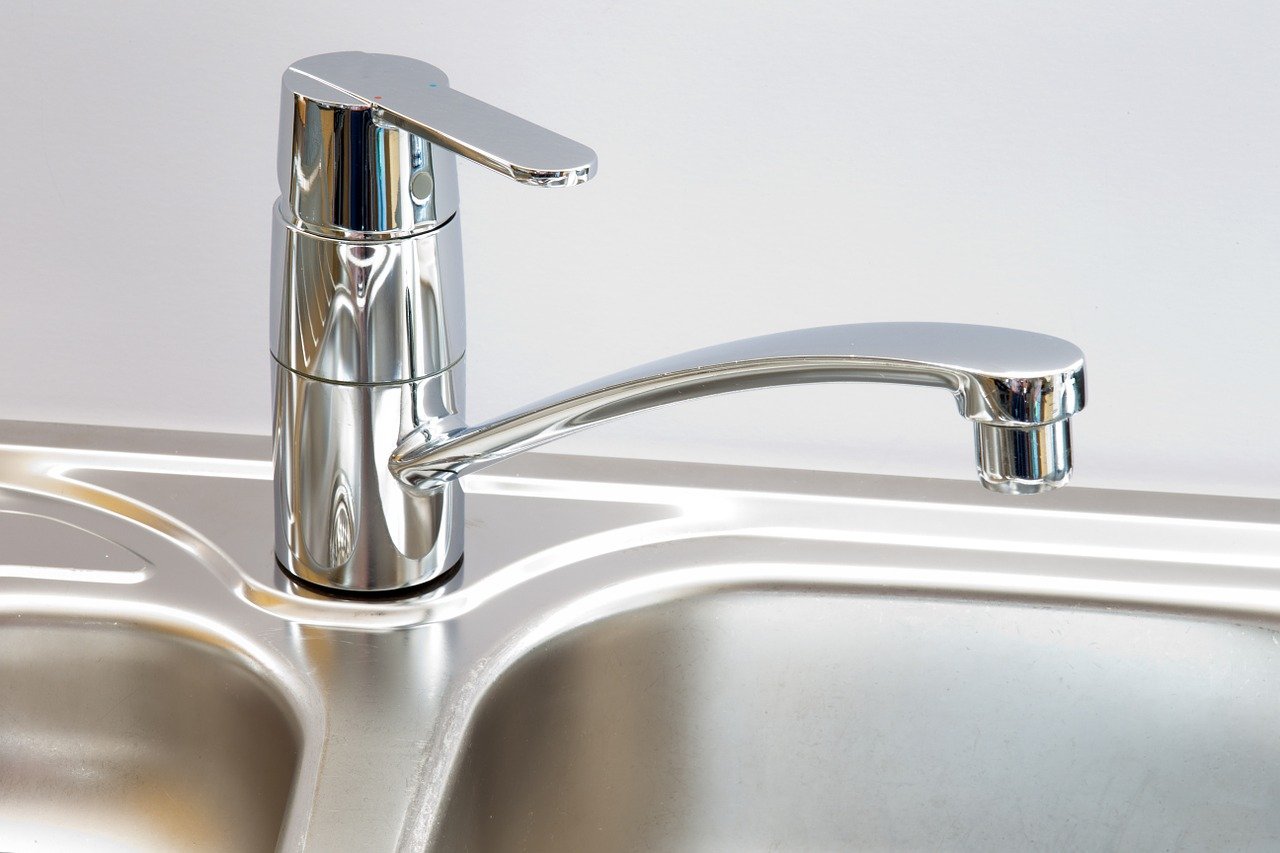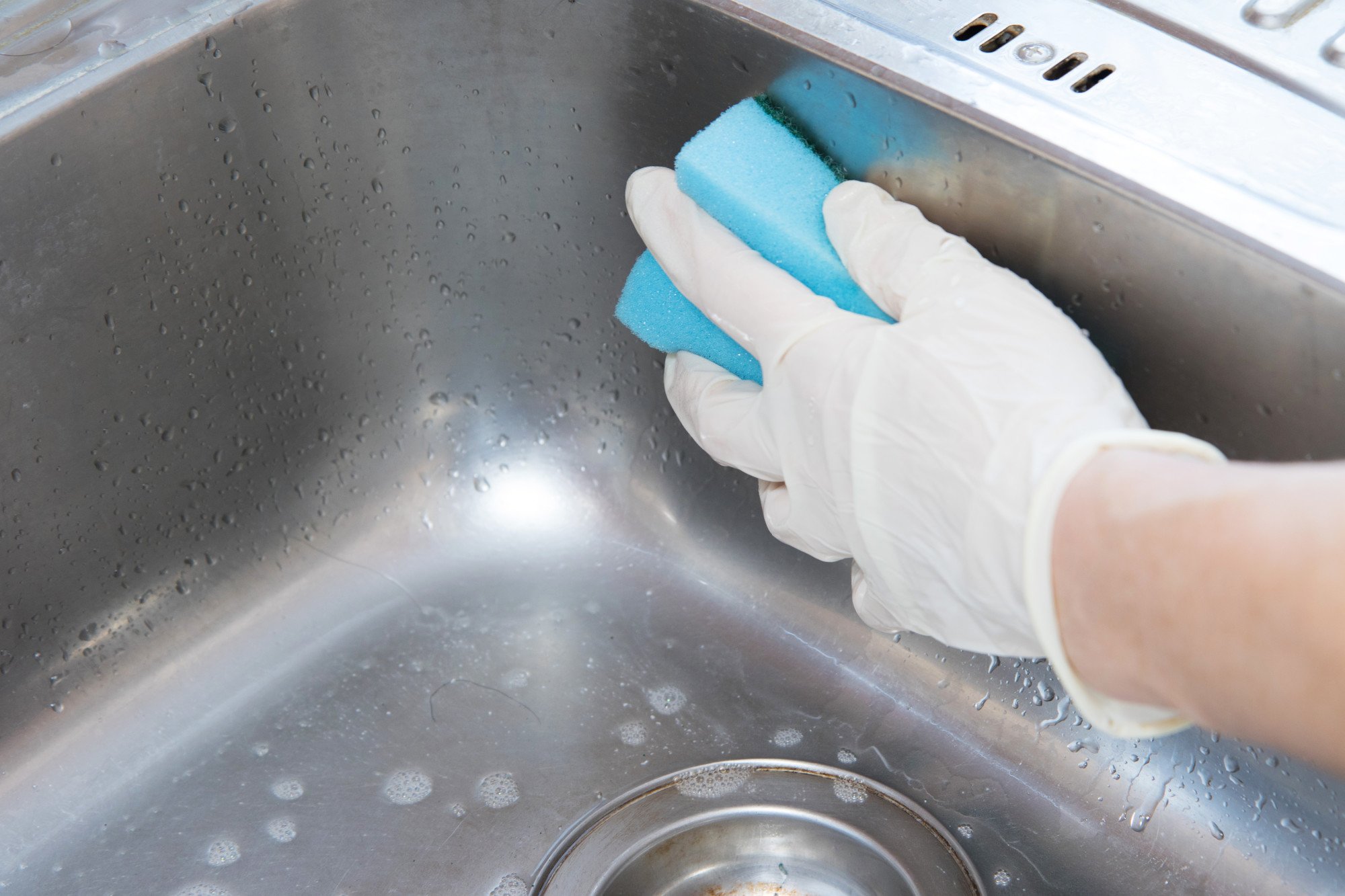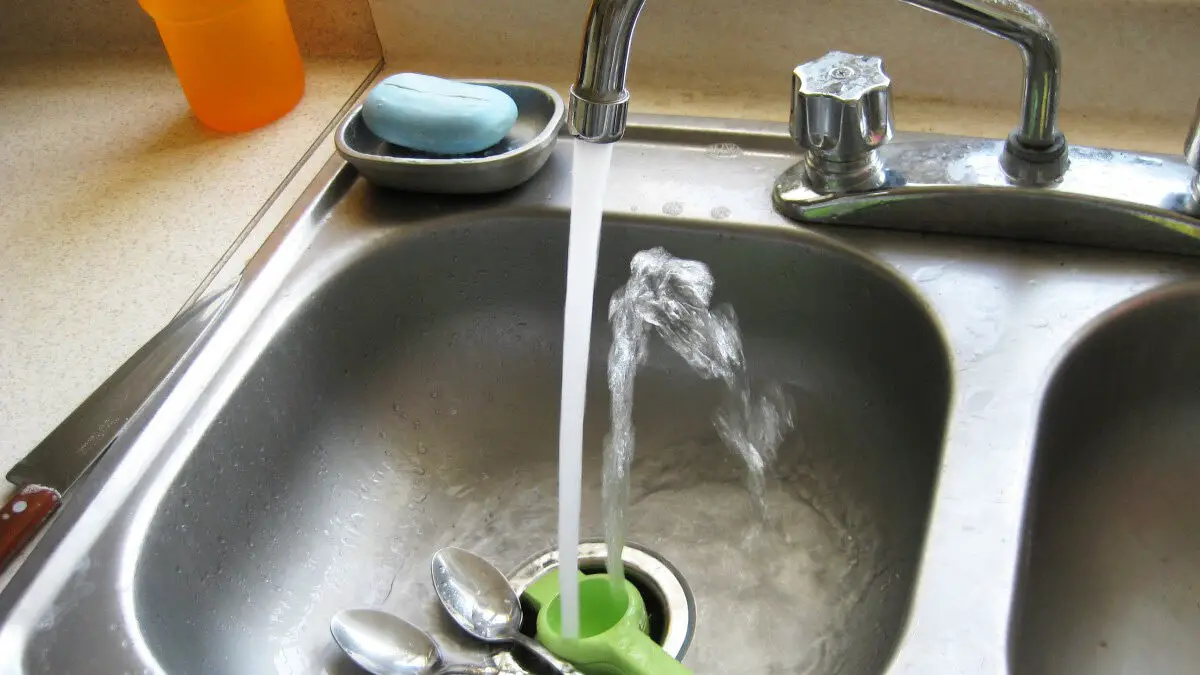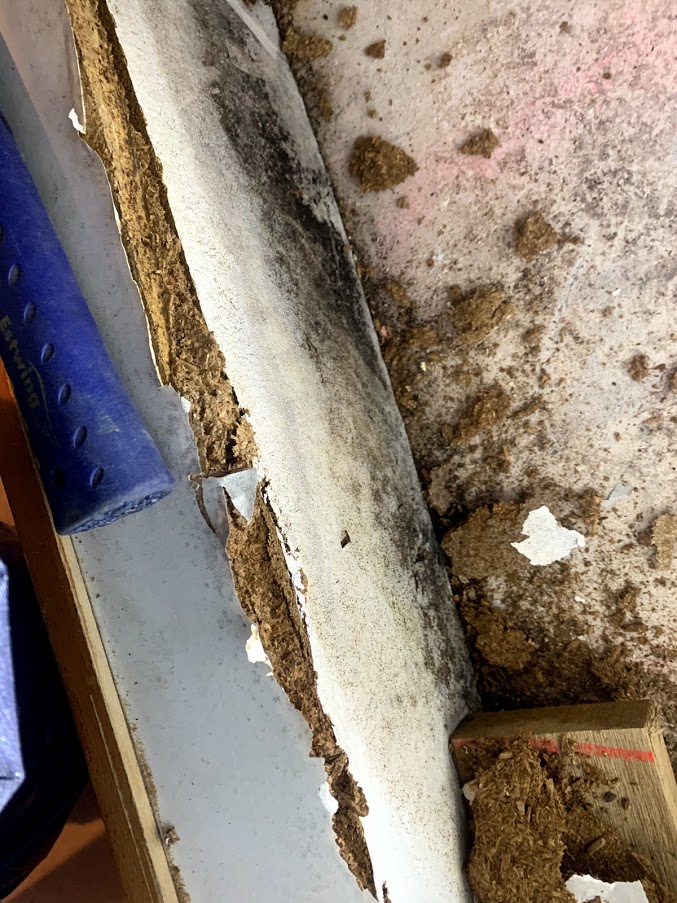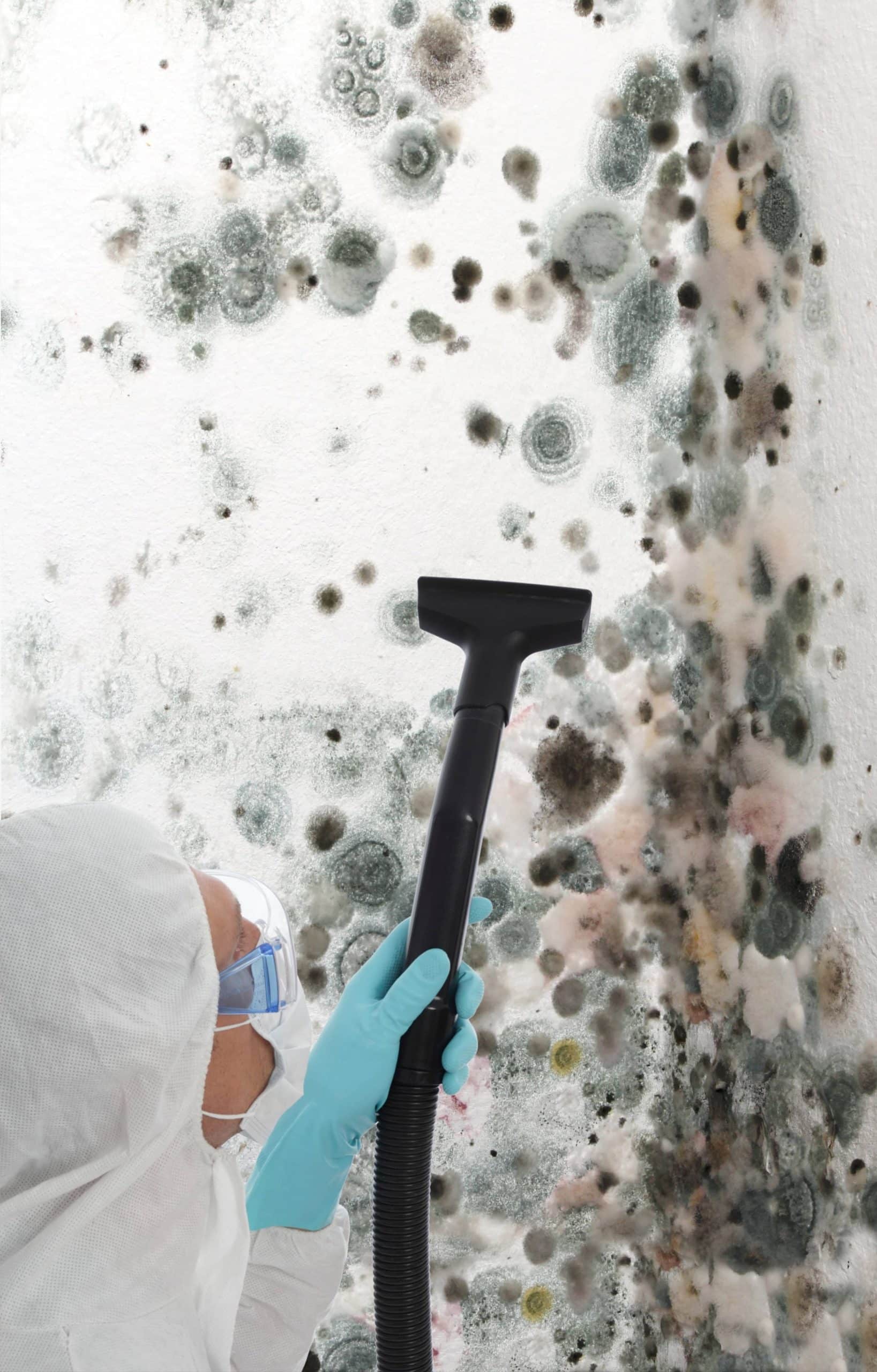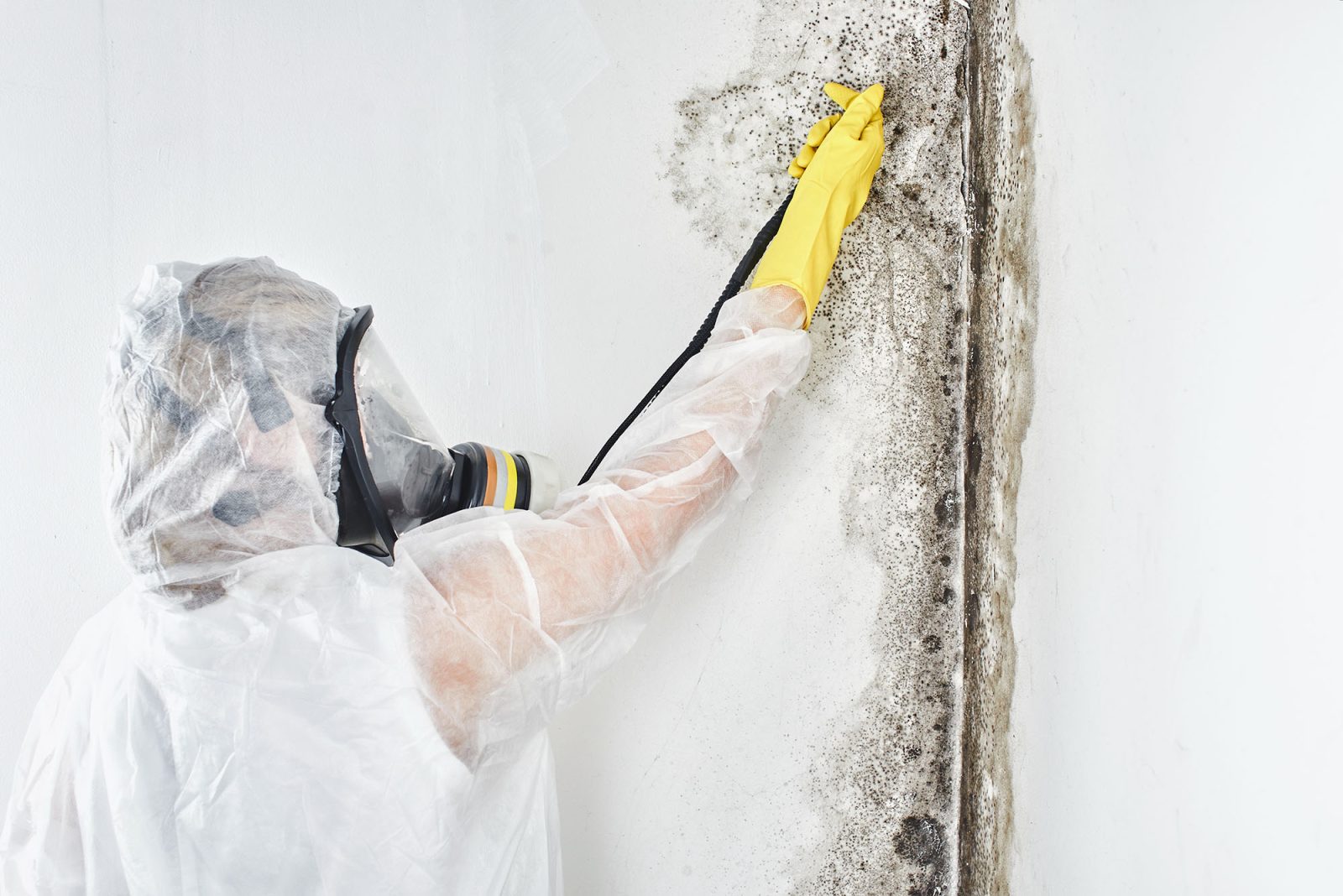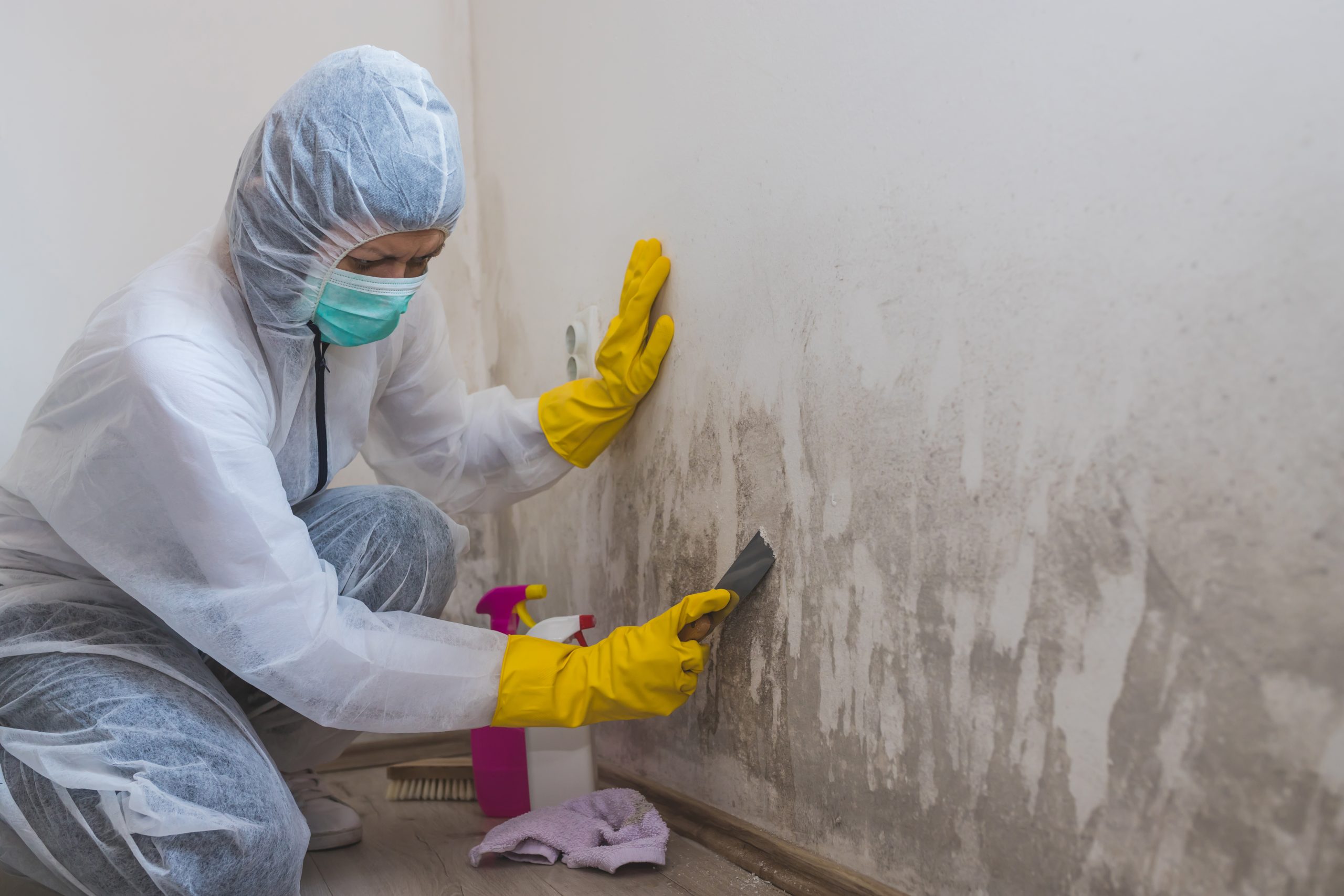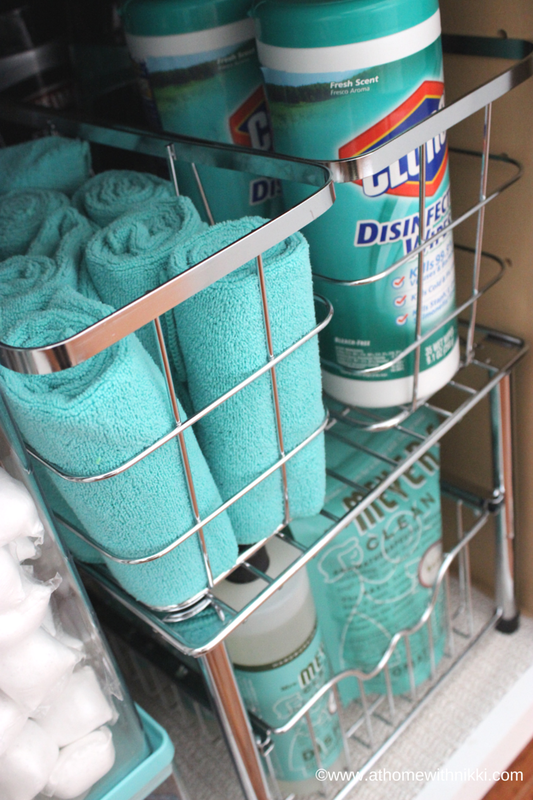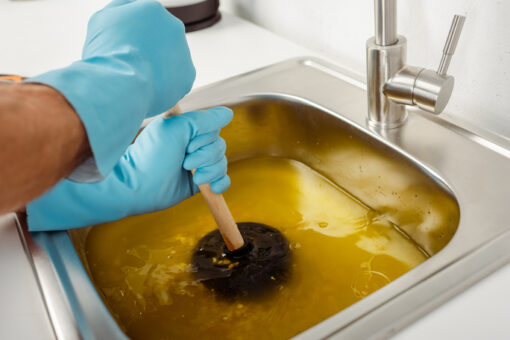If you've noticed a musty smell coming from under your kitchen sink, or perhaps some dark spots on the walls or cabinet, chances are you have mold growing. Mold is a common problem in many homes, and it can be particularly troublesome when it's under your kitchen sink. Not only can it cause structural damage, but it can also pose health risks. Here's how to identify and remove mold under your kitchen sink.How to Identify and Remove Mold Under Your Kitchen Sink
Mold is a type of fungus that thrives in damp and dark environments, making the space under your kitchen sink the perfect breeding ground. Not only can mold cause damage to your home, but it can also trigger allergies and respiratory problems. The first step to getting rid of mold is to identify the source of moisture. It could be a leaky pipe, a faulty seal, or even just poor ventilation. Once you've addressed the source of the problem, you can move on to removing the mold.The Dangers of Mold Under Your Kitchen Sink and How to Get Rid of It
Before you start removing mold, make sure to take the necessary precautions. Wear protective gear, such as gloves, goggles, and a face mask, to avoid coming into contact with mold spores. Here are the steps to safely remove mold under your kitchen sink: Step 1: Begin by cleaning the affected area with a mixture of water and mild detergent. This will help remove any surface mold and prepare the area for deeper cleaning. Step 2: Next, use a solution of equal parts water and white vinegar to scrub the area where the mold is present. Vinegar is a natural disinfectant and can help kill the mold. Step 3: If the mold is still present, mix one cup of water with one cup of bleach and use it to scrub the affected area. Be sure to wear gloves and open a window for ventilation. Step 4: After scrubbing, rinse the area thoroughly with clean water and dry it completely using a fan or dehumidifier. This will help prevent further mold growth. Step 5: Dispose of any materials that were used for cleaning, such as sponges or rags, in a sealed bag to prevent spreading mold spores.5 Steps to Safely Remove Mold Under Your Kitchen Sink
Now that you've successfully removed the mold, it's important to take steps to prevent it from growing back. Here are some tips for preventing mold growth under your kitchen sink: Keep the area dry: Wipe down the area under your sink regularly and fix any leaks or plumbing issues immediately. Improve ventilation: Make sure there is proper airflow in the space under your sink, such as by installing a vent or keeping the cabinet doors open. Use a mold-resistant paint: Consider painting the walls and cabinets under your sink with a mold-resistant paint to prevent future growth.Preventing Mold Growth Under Your Kitchen Sink
Mold can be sneaky and often goes unnoticed until it becomes a bigger problem. Here are some signs that mold may be growing under your kitchen sink: Musty smell: If you notice a musty or earthy smell, it could be a sign of mold growth. Discoloration: Dark or black spots on the walls or cabinet under your sink could be mold. Soft or spongy walls: If the walls around your sink are soft or spongy, it could be a sign of water damage caused by mold. If you notice any of these signs, it's important to address the issue immediately to prevent further damage and potential health risks.Signs of Mold Under Your Kitchen Sink and How to Address Them
If you prefer to use commercial products to remove mold, there are several options available. Look for products that contain ingredients such as hydrogen peroxide, vinegar, or baking soda, as these are effective at killing mold. Be sure to follow the instructions and wear protective gear when using these products.The Best Products for Removing Mold Under Your Kitchen Sink
If you prefer to use natural or homemade solutions to remove mold, there are a few options you can try: Tea tree oil: Mix one teaspoon of tea tree oil with one cup of water and spray it on the affected area. Let it sit for a few hours before wiping it away. Borax: Create a paste using equal parts borax and water and use it to scrub the mold. Rinse and dry the area thoroughly. Grapefruit seed extract: Mix 20 drops of grapefruit seed extract with two cups of water and spray it on the mold. Let it sit for a few minutes before wiping it away.DIY Solutions for Getting Rid of Mold Under Your Kitchen Sink
Regular cleaning and disinfecting can help prevent mold growth under your kitchen sink. Here's how to do it: Remove all items: Take everything out of the cabinet under your sink and wipe down the surfaces with a mixture of water and mild detergent. Disinfect: Use a disinfectant spray or wipes to thoroughly clean the area. Dry it out: Make sure the area is completely dry before putting everything back in the cabinet.How to Clean and Disinfect Under Your Kitchen Sink to Prevent Mold Growth
If the mold growth is extensive or if you have underlying structural damage, it's best to call in a professional mold remediation company. They have the necessary equipment and expertise to safely remove the mold and address any underlying issues.Professional Mold Remediation for Under Your Kitchen Sink
In addition to regular cleaning and maintenance, here are some additional tips to help keep your kitchen sink area mold-free: Fix leaks immediately: Any leaks or plumbing issues should be fixed as soon as possible to prevent mold growth. Use a dehumidifier: If the area under your sink is prone to high humidity, consider using a dehumidifier to keep the moisture levels in check. Check for mold regularly: Make it a habit to check for mold under your sink regularly so that you can address any issues before they become a bigger problem.Keeping Your Kitchen Sink Area Mold-Free: Tips and Tricks
How to Prevent Mold Growth Under Your Kitchen Sink
The Importance of Maintaining a Clean and Dry Sink Area
 When it comes to house design and maintenance, one area that often gets overlooked is the kitchen sink. It may seem like a small and insignificant part of the house, but neglecting it can lead to bigger problems, such as the growth of
mold
under your sink.
Mold
is not only unsightly, but it can also cause health problems if left unchecked. In this article, we will discuss the importance of keeping your kitchen sink area clean and dry to prevent
mold
growth.
When it comes to house design and maintenance, one area that often gets overlooked is the kitchen sink. It may seem like a small and insignificant part of the house, but neglecting it can lead to bigger problems, such as the growth of
mold
under your sink.
Mold
is not only unsightly, but it can also cause health problems if left unchecked. In this article, we will discuss the importance of keeping your kitchen sink area clean and dry to prevent
mold
growth.
The Causes of Mold Growth Under Kitchen Sinks
Preventive Measures to Keep Your Sink Area Dry and Mold-Free
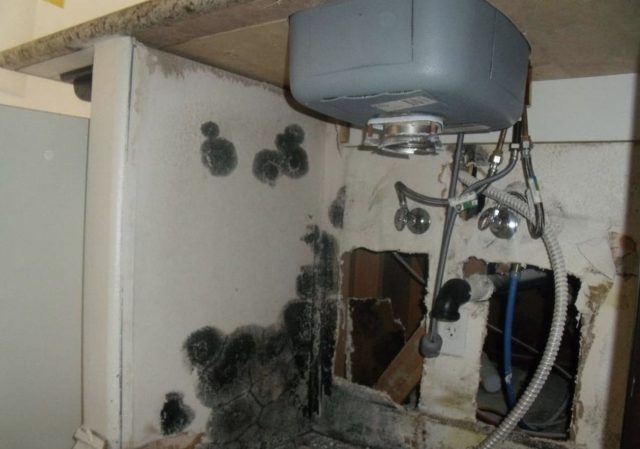 Now that we know what causes
mold
growth under kitchen sinks, let's discuss preventive measures to keep it at bay. The first step is to regularly check for leaks and fix them immediately. This includes checking the pipes, faucet, and garbage disposal for any signs of leakage. It's also important to keep the area under your sink clean and dry. Wipe down any excess moisture and use a fan or dehumidifier to improve ventilation. Installing a leak detection system can also help you catch any leaks early on and prevent
mold
growth.
Now that we know what causes
mold
growth under kitchen sinks, let's discuss preventive measures to keep it at bay. The first step is to regularly check for leaks and fix them immediately. This includes checking the pipes, faucet, and garbage disposal for any signs of leakage. It's also important to keep the area under your sink clean and dry. Wipe down any excess moisture and use a fan or dehumidifier to improve ventilation. Installing a leak detection system can also help you catch any leaks early on and prevent
mold
growth.
The Benefits of a Clean and Dry Sink Area
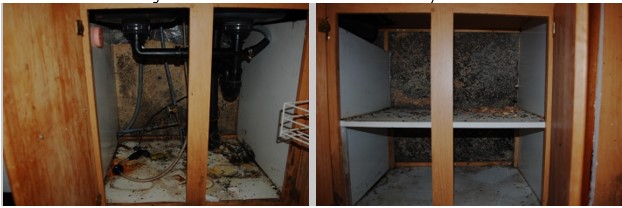 Aside from preventing
mold
growth, maintaining a clean and dry sink area has other benefits as well. It can prevent water damage to your cabinets and flooring, saving you from expensive repairs. It also helps keep your kitchen smelling fresh and clean. Furthermore, a well-maintained sink area adds to the overall aesthetic of your kitchen, making it a more inviting space for cooking and entertaining.
In conclusion,
mold
growth under your kitchen sink is a common problem that can be easily prevented. By regularly checking for leaks, keeping the area clean and dry, and improving ventilation, you can avoid the hassle and health risks of dealing with
mold
. Remember, a little maintenance goes a long way in preserving the beauty and functionality of your home.
Aside from preventing
mold
growth, maintaining a clean and dry sink area has other benefits as well. It can prevent water damage to your cabinets and flooring, saving you from expensive repairs. It also helps keep your kitchen smelling fresh and clean. Furthermore, a well-maintained sink area adds to the overall aesthetic of your kitchen, making it a more inviting space for cooking and entertaining.
In conclusion,
mold
growth under your kitchen sink is a common problem that can be easily prevented. By regularly checking for leaks, keeping the area clean and dry, and improving ventilation, you can avoid the hassle and health risks of dealing with
mold
. Remember, a little maintenance goes a long way in preserving the beauty and functionality of your home.


